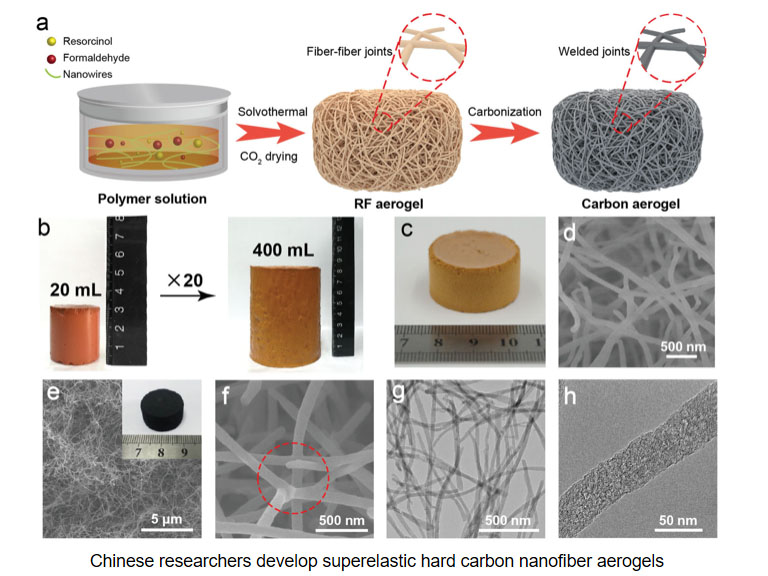
-
 Afrikaans
Afrikaans -
 Albanian
Albanian -
 Amharic
Amharic -
 Arabic
Arabic -
 Armenian
Armenian -
 Azerbaijani
Azerbaijani -
 Basque
Basque -
 Belarusian
Belarusian -
 Bengali
Bengali -
 Bosnian
Bosnian -
 Bulgarian
Bulgarian -
 Catalan
Catalan -
 Cebuano
Cebuano -
 China
China -
 China (Taiwan)
China (Taiwan) -
 Corsican
Corsican -
 Croatian
Croatian -
 Czech
Czech -
 Danish
Danish -
 Dutch
Dutch -
 English
English -
 Esperanto
Esperanto -
 Estonian
Estonian -
 Finnish
Finnish -
 French
French -
 Frisian
Frisian -
 Galician
Galician -
 Georgian
Georgian -
 German
German -
 Greek
Greek -
 Gujarati
Gujarati -
 Haitian Creole
Haitian Creole -
 hausa
hausa -
 hawaiian
hawaiian -
 Hebrew
Hebrew -
 Hindi
Hindi -
 Miao
Miao -
 Hungarian
Hungarian -
 Icelandic
Icelandic -
 igbo
igbo -
 Indonesian
Indonesian -
 irish
irish -
 Italian
Italian -
 Japanese
Japanese -
 Javanese
Javanese -
 Kannada
Kannada -
 kazakh
kazakh -
 Khmer
Khmer -
 Rwandese
Rwandese -
 Korean
Korean -
 Kurdish
Kurdish -
 Kyrgyz
Kyrgyz -
 Lao
Lao -
 Latin
Latin -
 Latvian
Latvian -
 Lithuanian
Lithuanian -
 Luxembourgish
Luxembourgish -
 Macedonian
Macedonian -
 Malgashi
Malgashi -
 Malay
Malay -
 Malayalam
Malayalam -
 Maltese
Maltese -
 Maori
Maori -
 Marathi
Marathi -
 Mongolian
Mongolian -
 Myanmar
Myanmar -
 Nepali
Nepali -
 Norwegian
Norwegian -
 Norwegian
Norwegian -
 Occitan
Occitan -
 Pashto
Pashto -
 Persian
Persian -
 Polish
Polish -
 Portuguese
Portuguese -
 Punjabi
Punjabi -
 Romanian
Romanian -
 Russian
Russian -
 Samoan
Samoan -
 Scottish Gaelic
Scottish Gaelic -
 Serbian
Serbian -
 Sesotho
Sesotho -
 Shona
Shona -
 Sindhi
Sindhi -
 Sinhala
Sinhala -
 Slovak
Slovak -
 Slovenian
Slovenian -
 Somali
Somali -
 Spanish
Spanish -
 Sundanese
Sundanese -
 Swahili
Swahili -
 Swedish
Swedish -
 Tagalog
Tagalog -
 Tajik
Tajik -
 Tamil
Tamil -
 Tatar
Tatar -
 Telugu
Telugu -
 Thai
Thai -
 Turkish
Turkish -
 Turkmen
Turkmen -
 Ukrainian
Ukrainian -
 Urdu
Urdu -
 Uighur
Uighur -
 Uzbek
Uzbek -
 Vietnamese
Vietnamese -
 Welsh
Welsh -
 Bantu
Bantu -
 Yiddish
Yiddish -
 Yoruba
Yoruba -
 Zulu
Zulu
corrosion resistant frp
Corrosion Resistant FRP The Future of Durable Materials
In the realm of construction and industrial applications, the need for materials that can withstand harsh environmental conditions is paramount. Traditional materials such as steel and concrete have served well for many years, yet they are often susceptible to corrosion, which can lead to structural failures and costly repairs. In this context, fiberglass-reinforced plastic (FRP) emerges as a compelling alternative, offering exceptional corrosion resistance and longevity.
FRP is a composite material made by combining fiberglass with a polymer matrix, typically epoxy, vinyl ester, or polyester. This unique combination results in a lightweight yet incredibly strong material that exhibits superior resistance to the corrosive effects of chemicals, moisture, and environmental conditions. One of the main advantages of FRP is its ability to withstand a wide range of temperatures, making it suitable for various applications, from chemical plants to marine environments.
Corrosion Resistant FRP The Future of Durable Materials
Additionally, FRP can be customized to meet specific requirements. The polymer matrix can be formulated to enhance resistance to certain chemicals, while the fiberglass layers can be adjusted in orientation and thickness to improve mechanical properties. This level of customization is a significant advantage, as it allows engineers and designers to create materials tailored to the unique challenges of their projects.
corrosion resistant frp

The environmental benefits of using FRP cannot be overlooked. As industries around the globe strive to reduce their carbon footprint, FRP offers a sustainable alternative to conventional materials. Its lightweight nature translates to lower transportation costs and energy savings during installation. Furthermore, the longevity of FRP means that fewer resources are spent on replacements and repairs, thereby contributing to a more sustainable approach to construction.
Another key factor in the growing popularity of corrosion-resistant FRP is its ease of installation. FRP products are often prefabricated, which allows for quicker and more efficient assembly on-site. This is particularly advantageous for projects with tight deadlines, as the reduced labor time can lead to significant savings. Additionally, the non-conductive and non-magnetic properties of FRP make it ideal for applications where electromagnetic interference (EMI) is a concern.
As technology advances, the applications of corrosion-resistant FRP continue to expand. It is increasingly being used in transportation, infrastructure, and even recreational products, such as boats and sports equipment. The versatility of FRP makes it an ideal candidate for any situation where corrosion is a concern.
In conclusion, corrosion-resistant FRP represents a significant advancement in material science, offering a durable, sustainable, and cost-effective solution for a variety of industries. As businesses seek to enhance their operations and reduce long-term costs, the adoption of FRP is likely to increase, marking a shift toward more innovative and resilient construction methods. Embracing this technology is not only a smart choice for businesses but also a step forward in promoting environmental sustainability.









